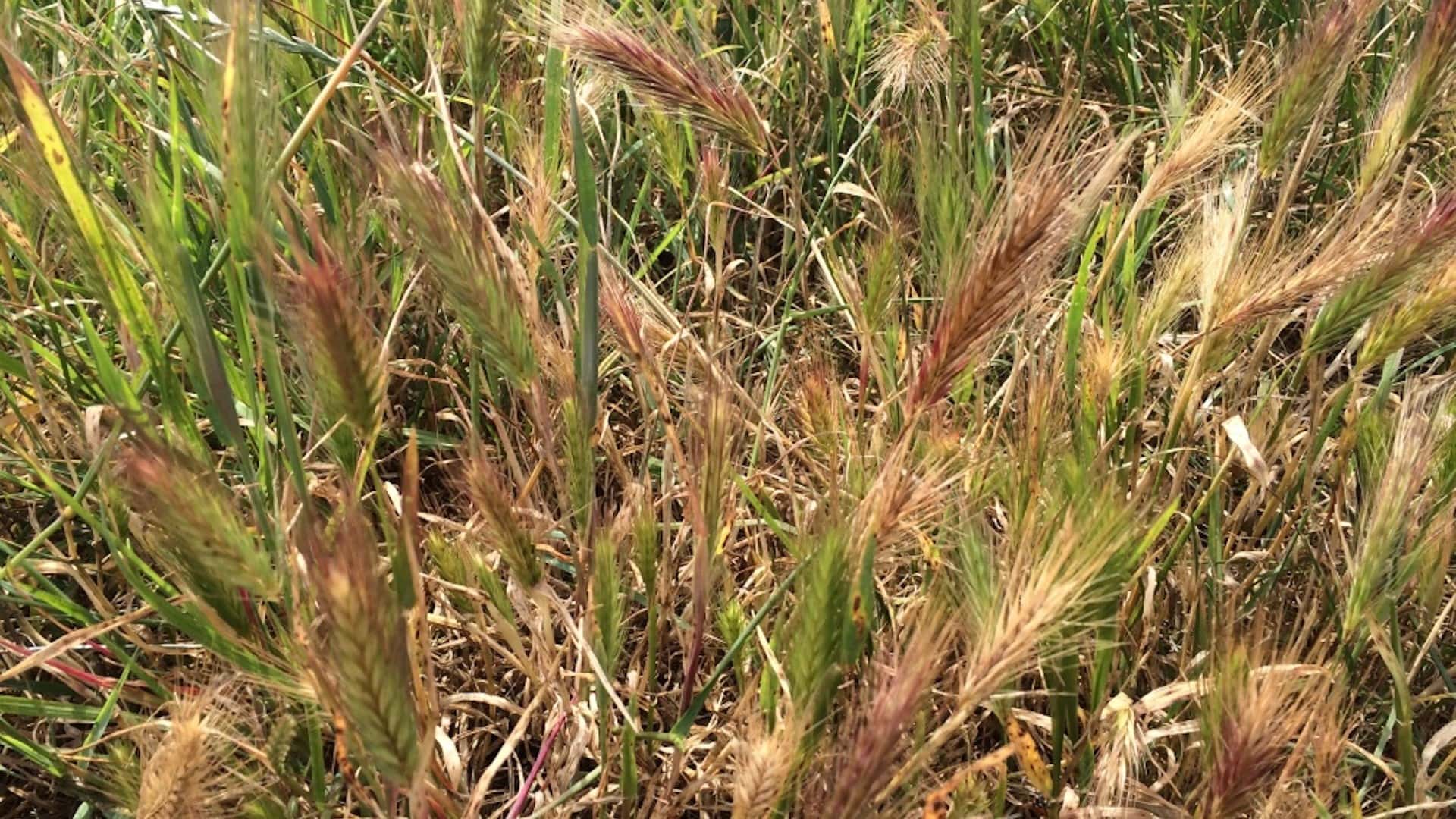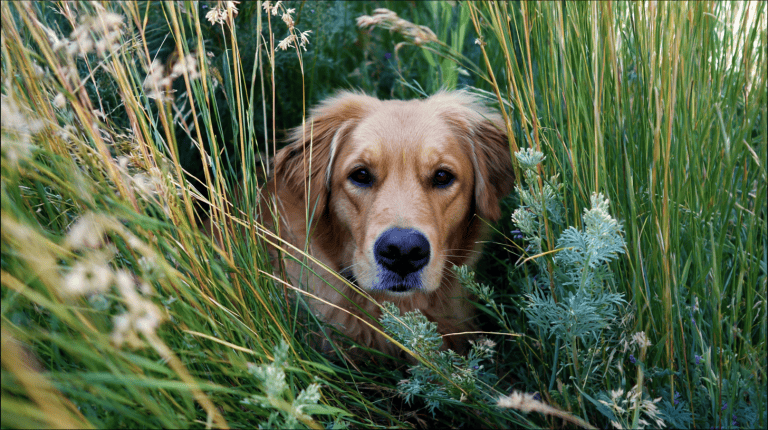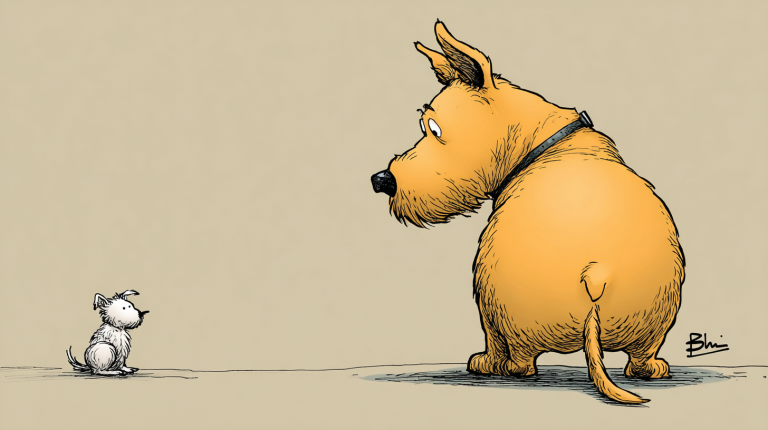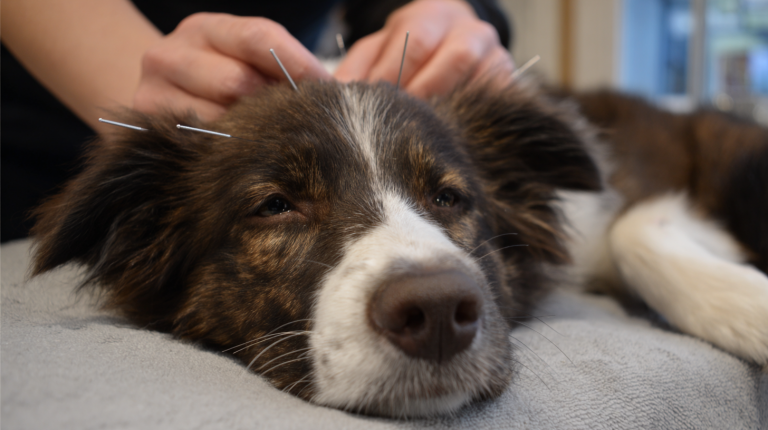Can you hear it? That gentle whoosh of a summer breeze? That happy pant of your dog relaxing under the summer skies? It’s nearly summer in the Bay Area, that means it’s prime foxtail season!
“Foxtails” are the colloquial term for the seed-dispersal unit of a common weed, often called “grass awns” in other parts of the country. Here in California, our foxtail weeds have a particularly sharp and stiff structure that allows them to penetrate through thick fur and puncture into skin.
Once foxtails penetrate the skin barrier, they can travel straight through underlying tissues and embed deep into your pet’s orifices or soft tissue structures. Common areas where foxtails can get stuck are your dog’s nose, ears, mouth/throat, anogenital openings, and between toes.
Unfortunately, foxtails usually require immediate veterinary care to be removed once inside the body. To protect your dog from foxtails, here are a few tips:
- Avoid grassy areas with a high density of foxtail weeds. Due to the recent rains and resulting massive weed growth, many parks in Northern California have areas with overgrown foxtails. Train your eye to look for them. Until these areas are cleared, it’s best to avoid these areas.
- Consider using foxtail guards like the “Outfox Field Guard.” While this won’t protect other parts of your dog’s body, it can better protect his face while allowing him to play ball and pant normally.
- Always check your dog for ticks or foxtails after an outdoor excursion. This is a great time to teach your dog that handling equals treats and fun times!
- Discover alternative activities, such as fun training classes in indoor arenas. For more information on training tips and classes, please visit: https://www.sfspca.org/behavior
- And as always, when in doubt, contact your veterinarian if you think your pet has had a run-in with those pesky foxtails!










